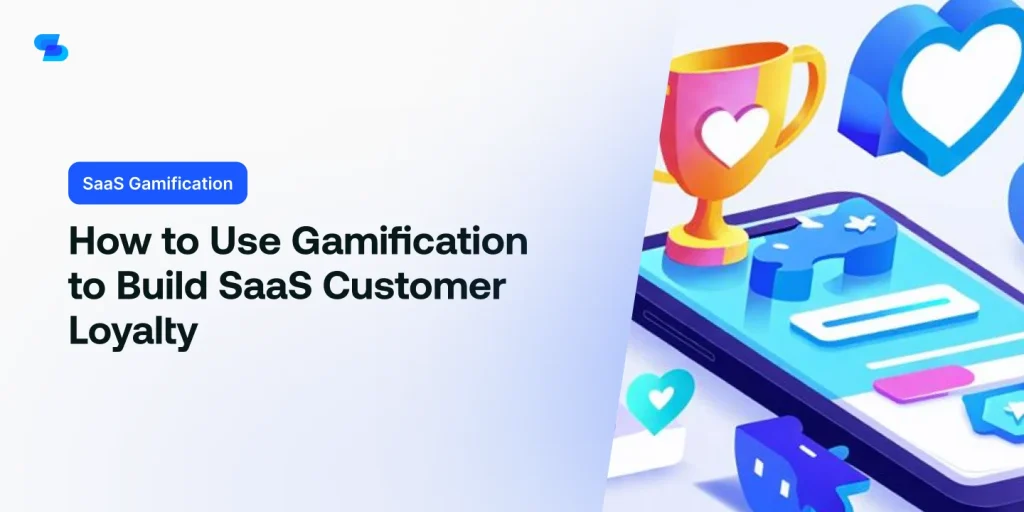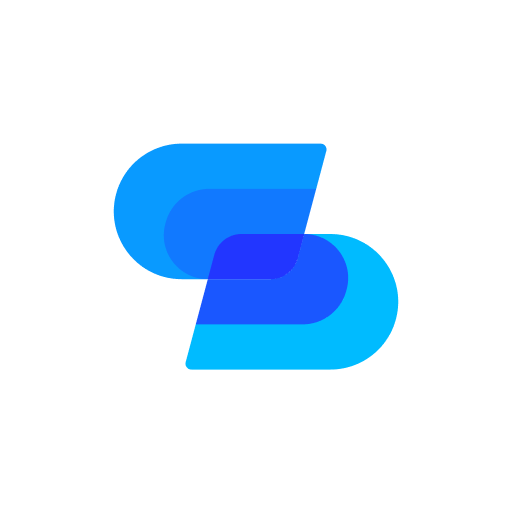You’ve likely heard about gamification in SaaS, but you might not realize its power to transform customer loyalty. By incorporating game-like elements into your platform, you’re tapping into core human motivations that drive engagement and retention. From points systems to progress bars, these techniques can greatly enhance user activity and satisfaction. However, effective implementation requires a strategic approach tailored to your specific audience and business goals. Understanding the psychology behind gamification and how to measure its impact is essential for success. So, what are the key elements you need to take into account to create a gamification strategy that truly resonates with your users?
Understanding Gamification in SaaS
Gamification in SaaS leverages game-design elements and mechanics to boost user engagement, motivation, and loyalty within software applications. By incorporating features like points, badges, leaderboards, and challenges, you’re tapping into users’ innate desire for achievement and competition. This strategy isn’t just about fun; it’s a powerful tool to drive desired behaviors and increase product adoption.
In the SaaS context, gamification can take various forms. You might implement progress bars to show users how close they’re to completing their profile or onboarding process. Alternatively, you could create a tiered reward system where users access new features or perks as they reach certain milestones. The key is to align these gamified elements with your product’s core value proposition and user goals.
Effective gamification in SaaS requires a deep understanding of your user base and their motivations. You’ll need to identify key actions that drive value for both users and your business, then design game mechanics that encourage these actions.
Effective Gamification Techniques
Consistently implementing effective gamification techniques in your SaaS platform can markedly boost user engagement and loyalty, but it’s crucial to choose the right methods for your specific audience and product.
Start by integrating a points system that rewards users for completing desired actions, such as logging in daily or achieving specific milestones.
Implement leaderboards to foster healthy competition among users, displaying top performers based on points or achievements.
Create badges or achievements that users can earn and display on their profiles, recognizing their progress and expertise.
Introduce levels or tiers that users can progress through as they engage more with your platform, revealing new features or benefits.
Incorporate challenges or quests that encourage users to explore different aspects of your SaaS offering, promoting feature discovery and adoption.
Utilize progress bars to visually represent user advancement towards goals or milestones, providing a clear sense of accomplishment.
Implement a virtual currency system that users can earn and spend on in-app rewards or upgrades.
Implementing Rewards and Incentives
To effectively implement rewards and incentives in your SaaS gamification strategy, you’ll need to carefully design a system that aligns with your users’ motivations and your business objectives.
Start by identifying key actions you want users to take, such as completing their profile, inviting friends, or achieving specific milestones within your platform. Then, create a tiered reward structure that offers both intrinsic and extrinsic incentives.
Intrinsic rewards might include badges, levels, or public recognition, which tap into users’ desire for achievement and status. Extrinsic rewards could involve tangible benefits like discounts, exclusive features, or even real-world prizes. It’s essential to balance these rewards to maintain user engagement without overspending.
Implement a points system that allows users to accumulate and redeem rewards. This creates a sense of progress and encourages continued engagement. Use data analytics to track user behavior and adjust your reward structure accordingly.
A/B test different reward types and values to optimize for maximum impact. Remember to clearly communicate the reward system to your users and make it easily accessible within your interface.
Regularly update and refresh your rewards to keep the experience exciting and relevant for long-term users.
Measuring Gamification Success
Tracking the right metrics is essential for evaluating your gamification strategy’s effectiveness and making data-driven improvements.
Focus on key performance indicators (KPIs) that align with your business objectives. Monitor user engagement metrics such as daily active users, session duration, and feature adoption rates. Analyze retention metrics like churn rate and customer lifetime value to gauge long-term impact.
Measure progress-related metrics specific to your gamification elements, including achievement completion rates, points earned, and leaderboard rankings. Track social metrics like referrals, shares, and user-generated content to assess community engagement. Conduct regular surveys to gather qualitative feedback on user satisfaction and perceived value of gamification features.
Utilize A/B testing to compare gamified and non-gamified experiences, isolating the impact of specific elements. Implement cohort analysis to understand how gamification affects different user segments over time. Set up dashboards to visualize these metrics and identify trends or anomalies quickly.
Regularly review and adjust your gamification strategy based on these insights. Prioritize improvements that show the strongest correlation with desired outcomes, such as increased customer loyalty, higher revenue, or improved product adoption.
Overcoming Gamification Challenges
While gamification can be a powerful tool for boosting SaaS customer loyalty, you’ll likely encounter several challenges when implementing and maintaining your strategy.
One common hurdle is user fatigue, where customers lose interest over time. To combat this, regularly refresh your gamification elements and introduce new challenges or rewards to keep engagement high.
Another obstacle is striking the right balance between competition and collaboration. Make certain your gamification strategy fosters a sense of community rather than creating unhealthy rivalries. Implement team-based challenges and cooperative goals alongside individual achievements.
Data privacy concerns can also arise when collecting user information for gamification. Be transparent about data usage and adhere to relevant regulations like GDPR. Offer opt-out options and clearly communicate the benefits of participation.
Technical integration issues may occur when implementing gamification features into your SaaS platform. Plan for seamless integration from the outset and conduct thorough testing before launch. Consider using specialized gamification software to streamline the process.
Lastly, measuring ROI can be challenging. Establish clear KPIs tied to business objectives and use analytics tools to track progress. Regularly assess and adjust your gamification strategy based on data-driven insights to make certain long-term success.
To Wrap Up
You’ve now got the tools to leverage gamification for SaaS customer loyalty.
Remember, it’s not just about points and badges; it’s about aligning with user goals and motivations.
Start by implementing key techniques, create a robust rewards system, and consistently measure your success.
Don’t forget to address challenges as they arise.
With a data-driven approach and regular refinement, you’ll see increased engagement, retention, and ultimately, loyal customers who can’t get enough of your platform.

